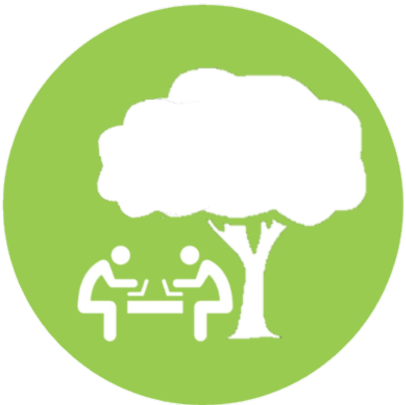
It is also the aim of C3Places to bring together knowledge about the way the community uses and appropriates the public space, in light of the new technologies towards creating new understandings of the relationships between spaces and social behaviour.
Users of public space may differ in a multitude of factors, such as predominant age, gender, religion, nationality and language, physical and mental abilities, standard of living, level of education, ‘majority’ or to a marginalised segment of the population.
This diversity must be considered when improving the quality of public open spaces and defining participatory dynamics. C3Places is concerned with theoretical and methodological approaches, as well as novel research findings to deliver answers to relevant questions such: What do people want from public space? Does this differ by socioeconomic status, gender, age? Menezes & Smaniotto (2017) addresses the questions research should pose in order to get a comprehensive picture of who uses public space, what for, when and with which artefacts.
These aspects are also relevant to better understand the way people use a public space and the resulting spatial practices. These combine therefore elements of sociology (people) and (urban) planning sciences (spaces) to examine the social and material constitution of spaces and the interactions between people and people, and people with their environment. C3Places is interested in the material and conceptual opportunities that socio-spatial practice affords, in order to be able to obtain more knowledge to guide the design of policies. The Project is therefore not interested in individual data but grouped phenomena on the basis of similarities.
The socio-spatial practices that build the C3Places knowledge base in Ghent, Lisbon, Milan and Vilnius are addressed at description of cases.

Pingback: C3Places Lisbon – MyC3Place
Pingback: Brief notes on social value of public spaces – MyC3Place